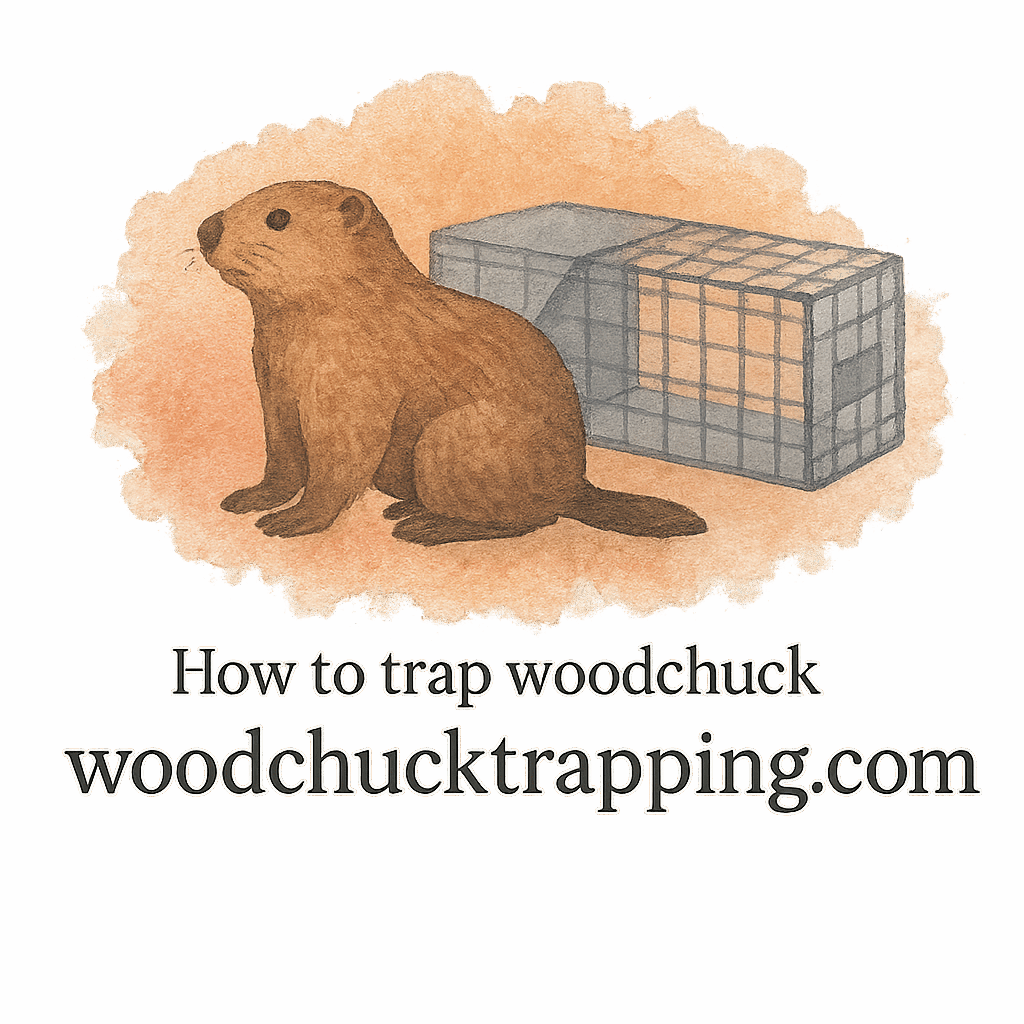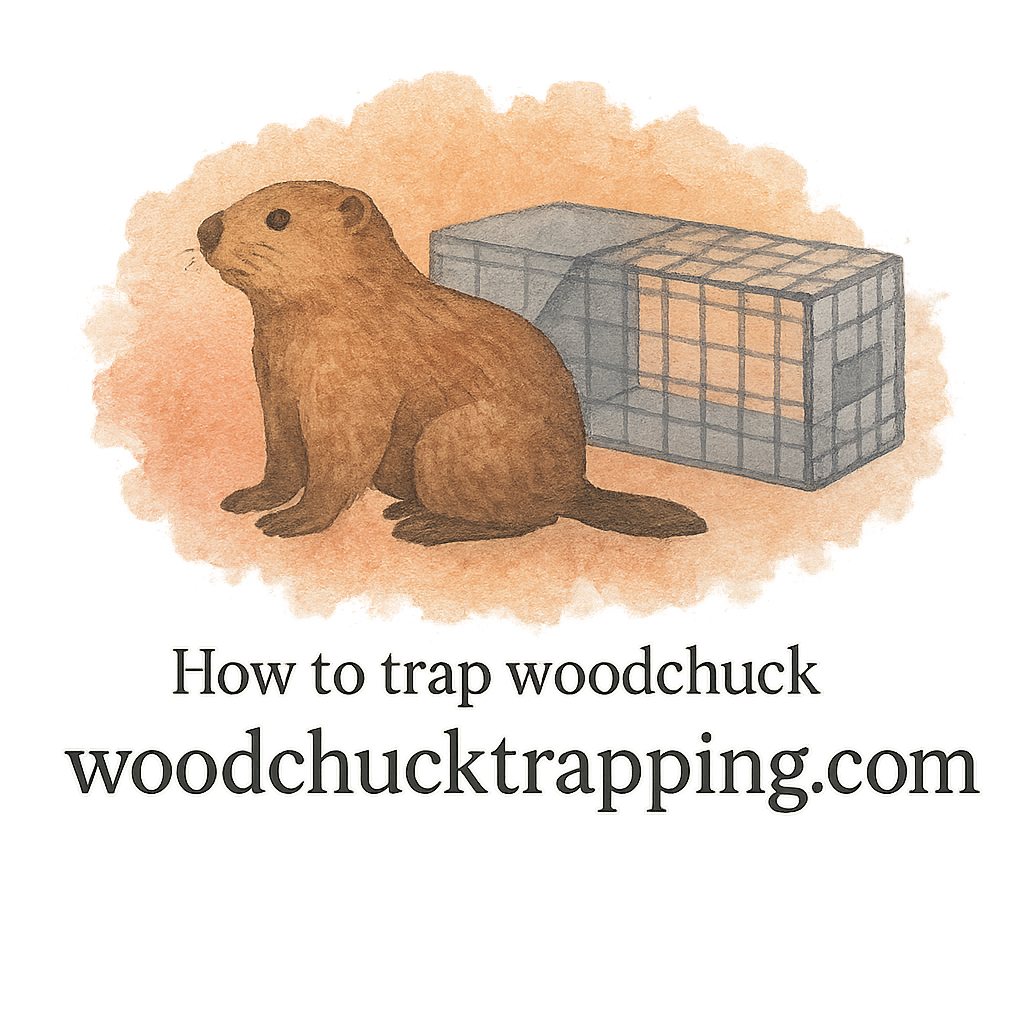Introduction to Safe Woodchuck Trapping
So, you’ve got a woodchuck problem? Those furry little diggers can really do a number on your garden and lawn. Live trapping is a humane and effective method for removal—but doing it safely and properly is critical. This guide will walk you through 5 tips for using live woodchuck traps safely, ensuring that both you and the animal stay out of harm’s way.
Why Safety Matters in Live Woodchuck Trapping
Ethical Considerations
Live trapping is a more compassionate approach compared to lethal methods. However, the safety of the trapped animal must be prioritized to avoid unnecessary suffering. Humane treatment doesn’t end with the capture—it’s about the whole process.
Legal Requirements
Many states have regulations about trapping and relocating wildlife. Always check your local laws. You can learn more about this topic at Laws and Safety.
Tip 1: Choose the Right Live Trap
Trap Size and Design
Not all traps are created equal. You’ll want a sturdy, humane live trap—preferably one designed specifically for medium-sized animals like woodchucks.
Compact Traps for Small Yards
If space is limited, opt for a compact trap that still provides enough room for the animal. Learn more about this from our compact traps tag.
Humane Traps for Ethical Capture
Look for traps that prevent injury. Padded edges, smooth interiors, and strong locking mechanisms are ideal. Our equipment reviews section covers top-rated humane traps.
Where to Buy or Rent Reliable Traps
Check hardware stores or online retailers. Renting is also a budget-friendly option. Just ensure it’s a quality model that complies with local laws.
Tip 2: Understand Woodchuck Behavior
Identifying Active Burrows
You need to set your trap where it counts. Look for active burrows, typically near sheds or under porches. Burrows tag helps you recognize common burrow signs.
Signs of Infestation in Your Yard
Droppings, chewed plants, and small mounds of dirt are sure signs. Learn more from our infestation and signs tags.
Best Times to Trap Effectively
Early morning or late evening is prime trapping time. That’s when woodchucks are most active.
Tip 3: Use Proper Baiting and Luring Techniques
Best Scent Baits and Lures
Woodchucks love sweet fruits like cantaloupe and strawberries. Pair that with effective scent bait and you’ve got a winning combo. Our guide on baiting and luring goes deeper.
Placement of Bait in the Trap
Put the bait far enough back so the animal fully enters the trap before triggering it. Avoid placing it right near the entrance.
Lure Tips for Attracting Woodchucks
Use scent trails leading to the trap to enhance effectiveness. Check out more lure tips and tricks.

Tip 4: Handle Trapped Animals With Care
Wearing Gloves and Using Tools
Always wear gloves when handling traps. Not only for your protection but also to avoid transferring human scent.
Avoiding Injury and Stress to the Animal
Move calmly and cover the trap with a cloth to reduce the animal’s stress. This also prevents bites or scratches.
What to Do After Capture
Transport the animal safely to a designated relocation area—never release near other homes. For handling advice, see trapped animal tips.
Tip 5: Follow Laws and Safety Protocols
Local Wildlife Laws and Regulations
Always consult your state’s fish and wildlife department. Relocation may be restricted. Check our laws and safety page.
Safe Relocation Practices
Choose an area far from urban zones. Make sure there’s a natural food and water source. Use this guide for how to trap properly.
Importance of Personal Safety and Protection Gear
Gloves, boots, and long sleeves are your first line of defense. Learn more about safety and tools.
Preventing Future Woodchuck Problems
Yard Maintenance and Habitat Reduction
Clear tall grasses, remove woodpiles, and seal crawl spaces. This makes your yard less inviting.
Using Repellents and Barriers
Natural repellents like garlic and hot pepper spray can discourage visits. Fencing can also be effective—just be sure it’s buried underground.
Long-term Prevention Tips
Rotate crops, monitor signs of digging, and apply deterrents regularly. Visit prevention and damage for more tips.
Conclusion
There you have it—5 tips for using live woodchuck traps safely that actually work. Trapping woodchucks doesn’t have to be a battle if you do it smartly. Understand their behavior, use the right equipment, handle everything with care, and always follow the law. With a little preparation, you can take back your yard safely and humanely.
FAQs
1. What is the best bait for woodchucks?
Fruits like cantaloupe and apples work great. Combine with scent baits for better results.
2. Are live traps safe for the animal?
Yes, when used properly. Choose humane traps and handle them with care.
3. Can I trap a woodchuck without a permit?
It depends on your location. Always check laws and safety.
4. How do I know if I have a woodchuck infestation?
Signs include fresh burrows, plant damage, and dirt mounds. Visit our infestation page for more info.
5. Is it legal to relocate a trapped woodchuck?
Rules vary by state. Contact your local wildlife agency before relocating.
6. What’s the best time of day to set a trap?
Early morning and late evening are best when woodchucks are most active.
7. Can I prevent woodchucks without trapping?
Yes, through habitat control and repellents. Learn more at prevention and damage.


